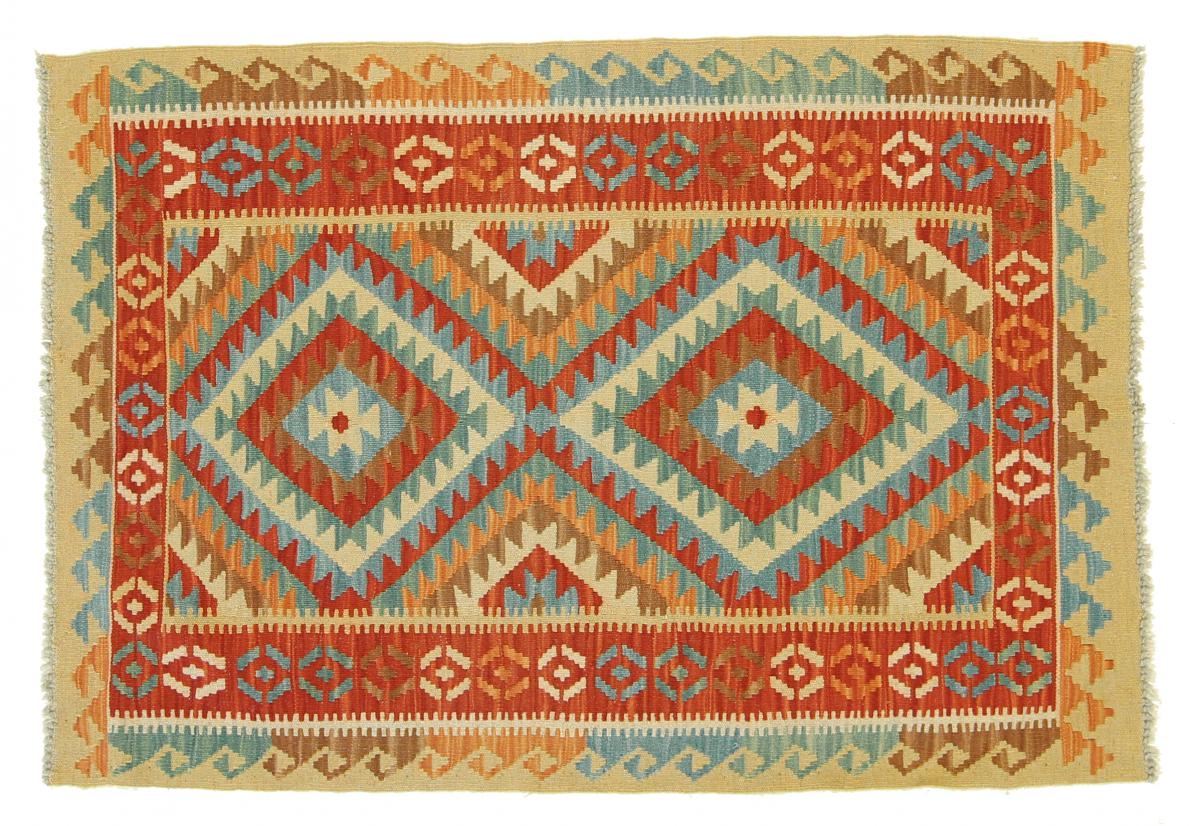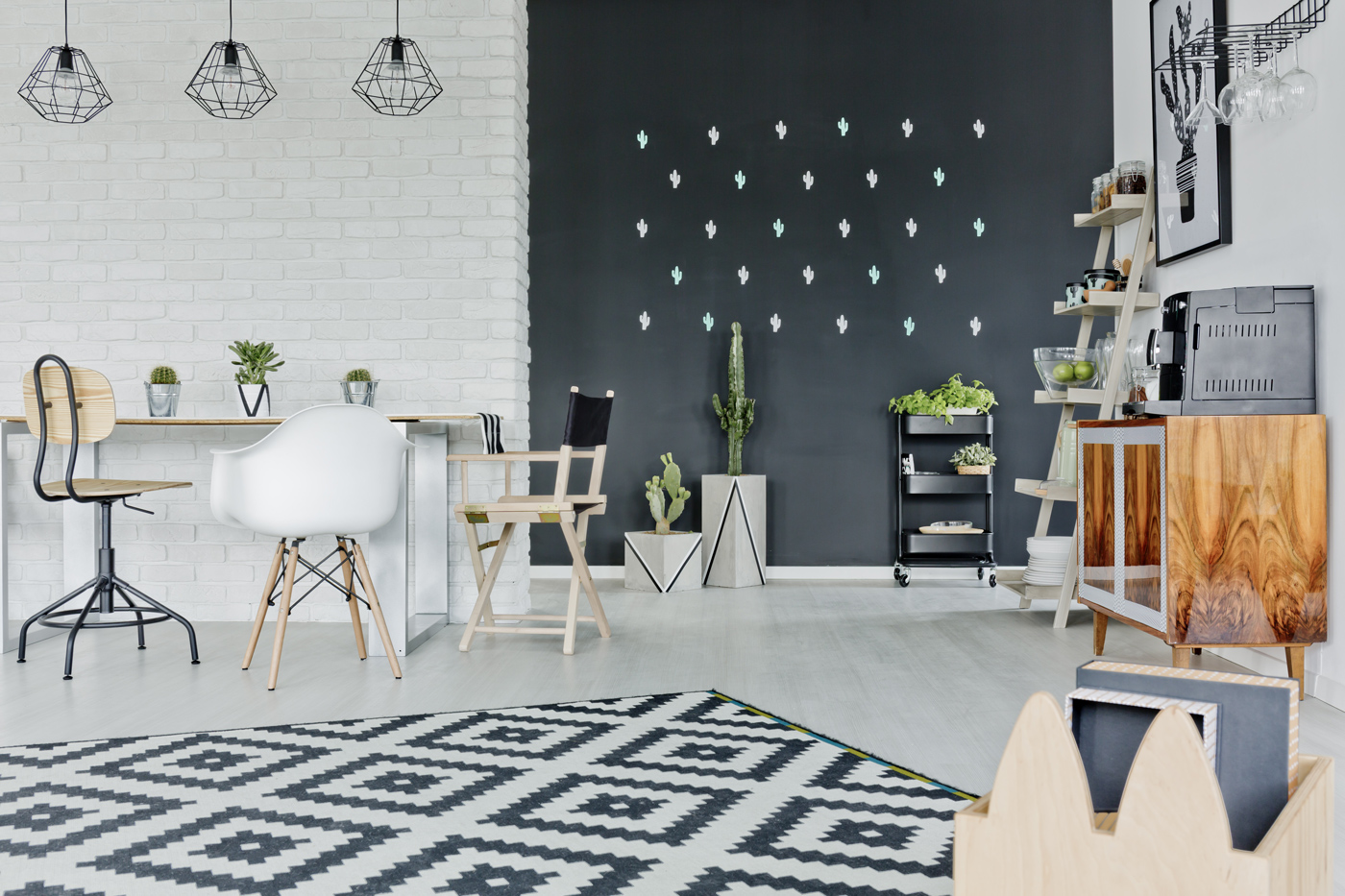Find rugs by
Quicklinks
Inspiration
Help & Contact
Thickness
Pattern
Rugs with medaillon
Rugs with allover design
Rugs with floral patterns
Rugs with figural motifs
Rugs with fields pattern
Rugs with geometric patterns
Rugs with nomadic motifs
Rugs with tree of life
Rugs with hunting scenes
Rugs with large ornaments
Unicolored rugs
Checked rugs
Rugs with a striped design
Rugs with minimalist design
Rugs with a colorful design
Rugs with abstract designs





















